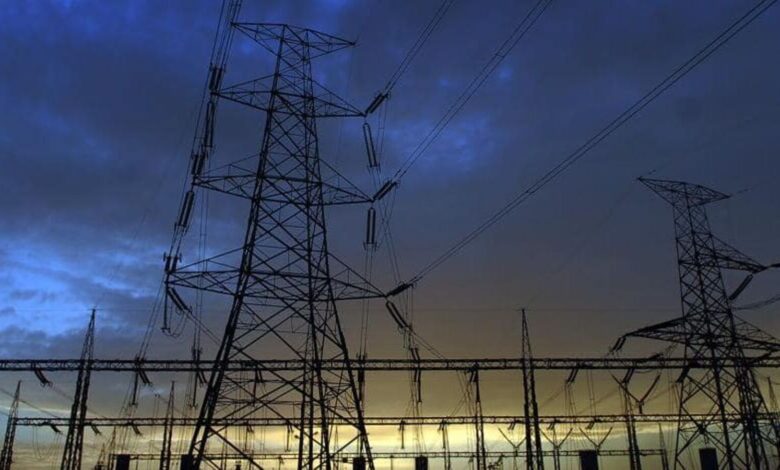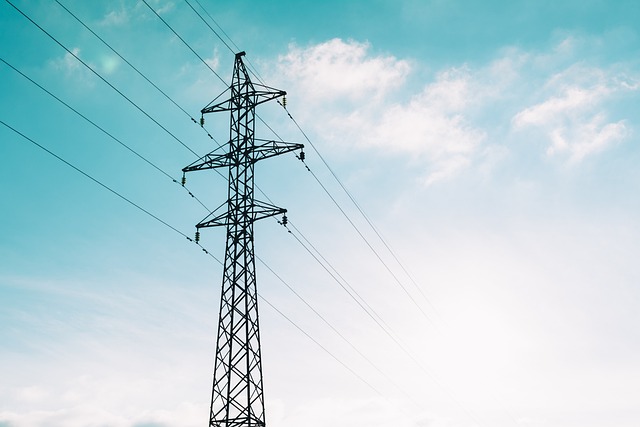India’s electricity demand hits record high in August
The power ministry has attributed this to dry spells in some regions and humid weather

India’s power demand in August hit a record as it became the month with the highest electricity demand. The power ministry attributed this record high to dry spells in some regions and humid weather. On 31st August, India achieved a historic peak in power demand, surpassing all previous records as the demand reached 236 gigawatts, eclipsing the recent high of 234 gigawatts recorded on August 17th. Both of these figures exceeded the Power Ministry’s earlier estimate of around 230 gigawatts.
Throughout the last two weeks of August, India consistently recorded a daily power demand of approximately 233 gigawatts, accompanied by a deficit of about 5,000 megawatts. However, on August 31st, this deficit skyrocketed to a staggering 8,000 megawatts.
According to the ministry, the high power in electricity can be attributed primarily to the low rainfall, disruptions in the supply chains and the onset of the El Nino as August became the driest month in over a century with the rainfall falling from the 15% in July to a -36% in August. Consequently 263 districts from the nation’s 717 suffered from insufficient rainfall.

Data from the Grid Controller of India reveals that Maharashtra bore the brunt of this crisis, with a deficit of approximately 3,000 megawatts. Following closely were states like Haryana, Uttar Pradesh, Karnataka, and Bihar, regions predominantly focused on agriculture and heavily reliant on renewable energy sources. To make matters worse, the share of energy generated from renewable sources plummeted from 15 percent to just 9 percent.
During this time, in an attempt to offset the deficit coal consumption increased from 65% to 70%. However, analysts are suggesting that this change was not made quickly enough due to which we saw the deficit on the 31st of August.
Please, also have a look into : Meet the man who developed a wind turbine capable of providing electricity and drinkable water



